Let’s direct our attention to the focal point of this article – a topic that has sparked vigorous debates, especially in recent years. The subject at hand revolves around AP4, R5, or Rally 2 cars, and for the sake of simplicity, we’ll refer to them as Rally 2 throughout this discussion. This issue probes into the dynamics between production drivers and cars versus their Rally 2 counterparts. Some competitors are calling for the banning of Rally 2 cars from State Championship events.
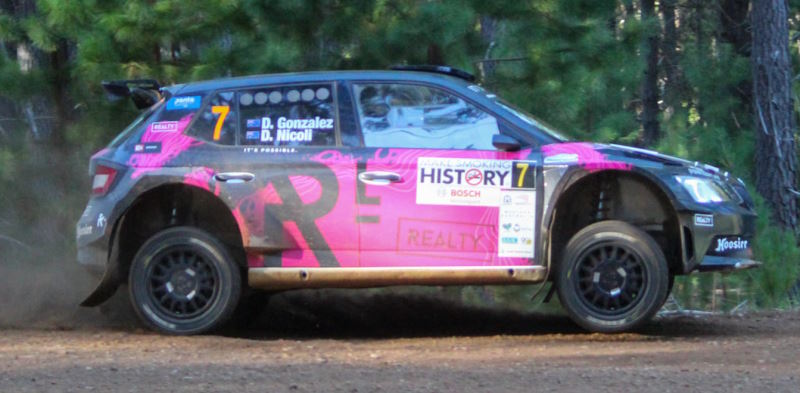
The Debate
To maintain impartiality, we aim to present a balanced perspective, allowing you, the reader, to form your own opinion on whether Rally 2 cars should face a prohibition. Let’s set the stage by providing context to the debate. Some argue that Rally 2 cars are too expensive, excessively technologically advanced, and consequently, too swift to compete on a level playing field with production cars. As the bulk of state fields are predominantly production cars, on the surface there may be some weight to it..
History of Group A
To grasp the significance of this argument, a historical journey into the World Rally Championship (WRC) of the mid 1980s becomes imperative. During this era, Group B was banned, paving the way for Group A to emerge as the premier category. Group A mandated that manufacturers could only compete with rally cars based on road going cars build in sufficient quantities.
Group A gave rise to iconic homologation specials like the Lancia Delta, Toyota Celica GT4, Subaru Impreza WRX, Mitsubishi Lancer Evo, and Ford Escort Cosworth. It was an exhilarating time for rally enthusiasts and privateer competitors. Group A meant one could practically walk into a showroom and acquire a car based on and sharing many components with the factory rally teams.
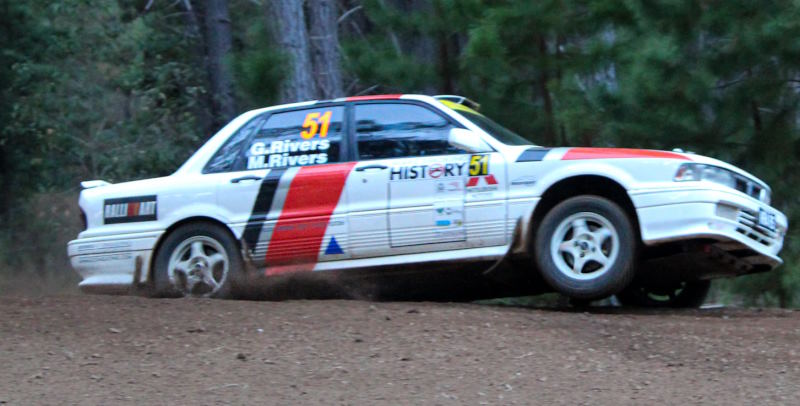
Group N
Privateers who didn’t have the budget to run Group A, could enter the tightly controlled Group N. The category was purely production based and effectively showroom cars with only safety modifications. This was supposed to keep costs down and competition tight amongst privateers. It was a well supported category at all levels however relied on manufacturers producing suitable cars for rallying.
World rally cars
Responding to the financial strain on manufacturers to produce homologation specials, the FIA introduced a new category in 1997– World Rally Cars. The formula would become the replacement for Group A. This shift allowed rally cars to be produced in limited numbers, with a focus on specialization. This provided manufacturers the flexibility to develop world rally cars on a more modest budget without the constraints of road going vehicles.
World Rally cars attracted additional manufacturers to the World Rally Championship. Alongside; Ford, Toyota, Subaru and Mitsubishi, Citreon, Hyundai, Seat, Skoda & Peugeot also debuted cars. The WR car also marked the decline of homologation specials. Manufacturers were no longer compelled to produce a production four-wheel-drive turbo car for rallying. Consequently, the supply of Group N cars dwindled.
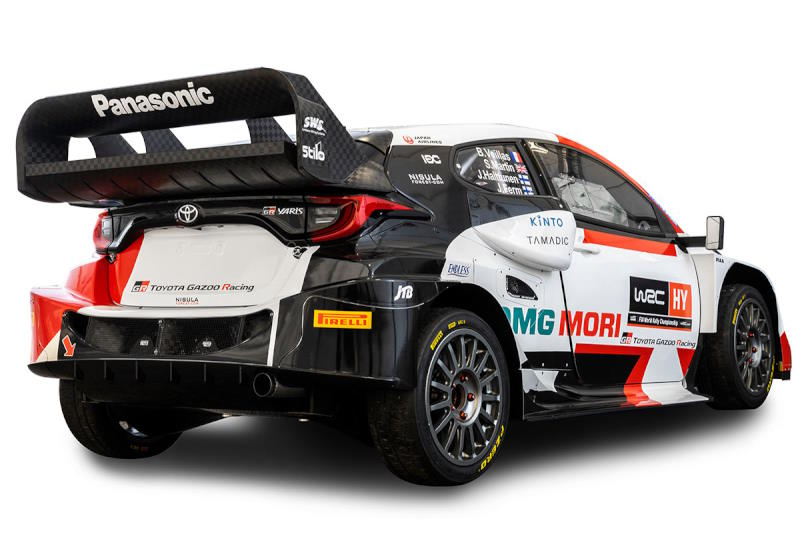
Rally cars for the new Era
This brings us to the Rally formula of today. Rally 1 represents factory-produced World Rally Cars driven by works drivers. Rally 2 is the equivalent of the old Group N, targeting privateers. There are further categories that we’ll cover in later articles.
Rally 2 cars
Without delving too deeply into the technical specifications of Rally 2 cars, a few key points stand out. 1.) They are produced by manufacturers. 2.) They are based loosely on production cars. In many cases they are built into turbocharged four-wheel-drive vehicles as the production cars are 2WD. 3.) Rally 2 cars are purpose-built and engineered rally cars.
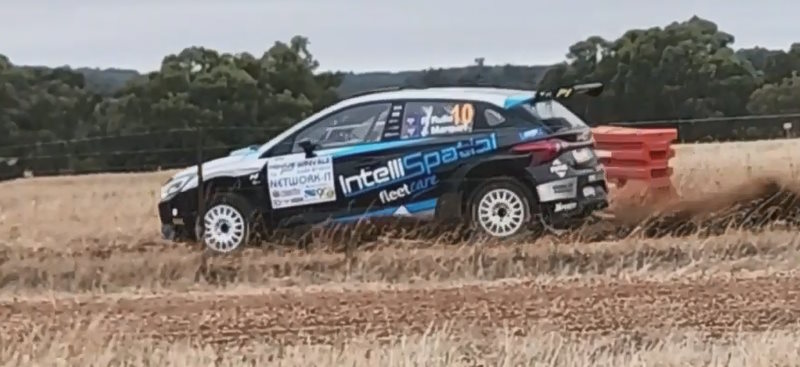
Rally 2 means that you buy a fully turnkey rally car straight from the manufacturer. It’s not a road going vehicle that you have to build (or have someone build for you) into a competition car. Whilst Rally 2 has some compromises, they don’t carry as many constraints as road-going production cars.
The “for” arguement
Now, let’s explore the arguments on both sides of the Rally 2 car debate. Advocates for a ban highlight the significant expense associated with importing and competing with a Rally 2 car. In Australia, the cost is around $400,000 to $500,000. This figure is notably above the average budget of a State competitor.
The second point revolves around the advanced nature of Rally 2 cars. Being engineered rally cars, they are optimized straight out of the box, requiring minimal development compared to production cars.
Another crucial argument concerns the dominance of Rally 2 cars in the state championship, with four or five regularly entering and placing on the podium. In the 2023 WA State rally season, two-thirds of the events were won by Rally 2 cars.
The “against” arguement
On the opposing side of the debate, proponents argue that when adjusted for inflation, the cost of Rally 2 cars is not significantly higher than historical Group N cars from the mid-2000s. A full Group N PWRC car from 2005 carried a hefty price tag.
Over the years the evolution of rules has provide many more freedoms for modifications in production cars. Sequential gearboxes, suspension variations, tubular sub-frames, active center differentials, turbocharger options and engine management have allowed production cars to advance and become much faster.
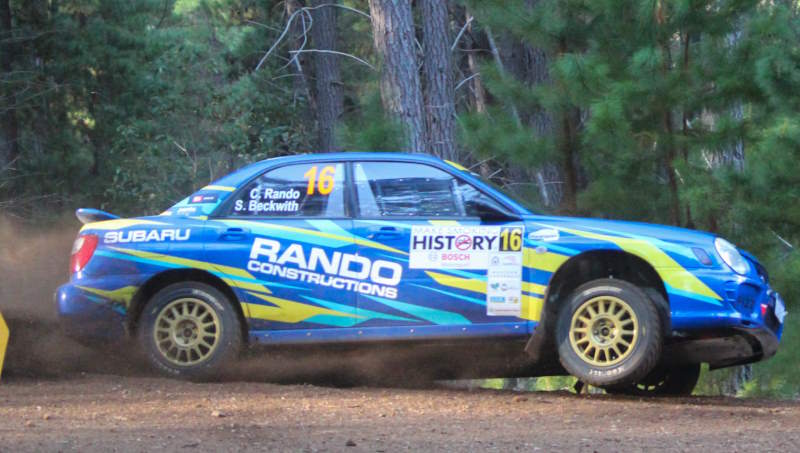
Additionally, production engines are larger than those in Rally 2 cars, with the latter limited to 1.6L compared to the 2.0L engines in say Subarus or Mitsubishis. This difference translates into increased torque. Rally 2 cars also face restrictions on gear ratios, imposing a theoretical top speed of around 180 km/h. Production cars can easily exceed 200 km/h.
Analyzing the 2023 results, Rally 2 cars secured the majority of wins, but production cars also claimed victories convincingly. This suggests a competitive balance. The 2022 outright state title was also won by a production car.
Other things to consider
Other considerations include the fate of those transitioning from State to National Championship levels, the dwindling pool of production cars available for rallying, and the situation for State Championship competitors already owning Rally 2 cars. Also what would become of the 2nd hand rally 2 car market if they couldn’t be on-sold to state competitors?
Wrapping it up
In conclusion, the Rally 2 debate raises profound questions about the trajectory of rallying. Is this a mere anomaly in the sport’s evolution, or are we witnessing a widening gap between production and rally formula cars? The issue extends beyond a simple ban or allowance of Rally 2 cars; it delves into the essence of building and competing in these cars. The playing field’s future balance awaits the insights and decisions of those entrenched in the sport.
So that’s the Rally 2 car debate encapsulated in a comprehensive nutshell. Should Rally 2 cars face a ban, or should they remain a vital part of the rallying landscape? Perhaps there are alternative solutions waiting to be explored. Share your thoughts, opinions, and suggestions in the comments section.
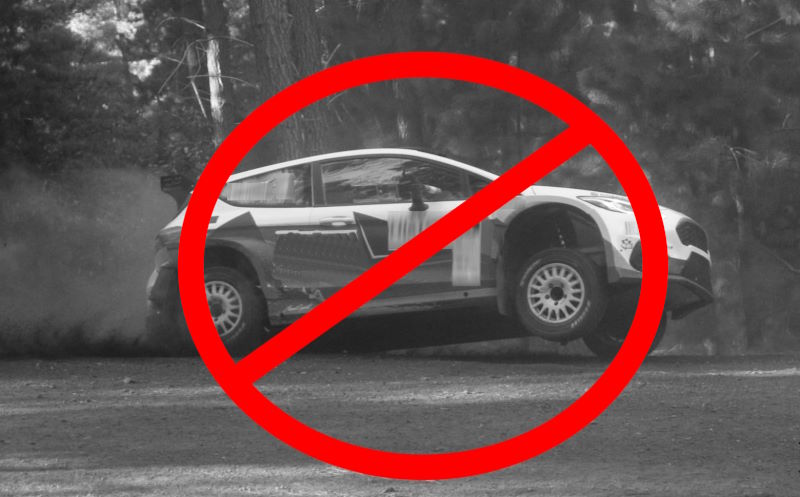



Leave A Response